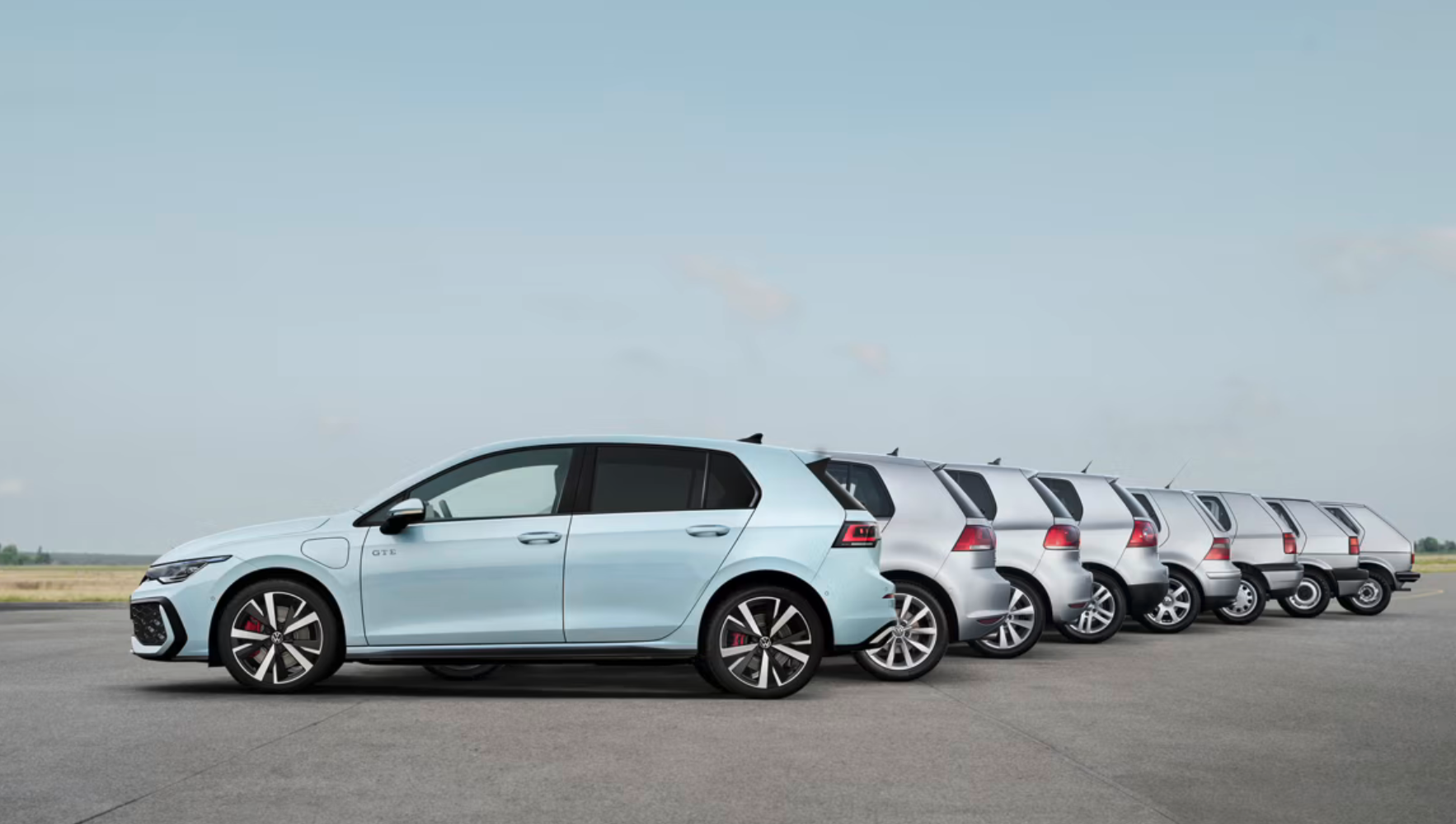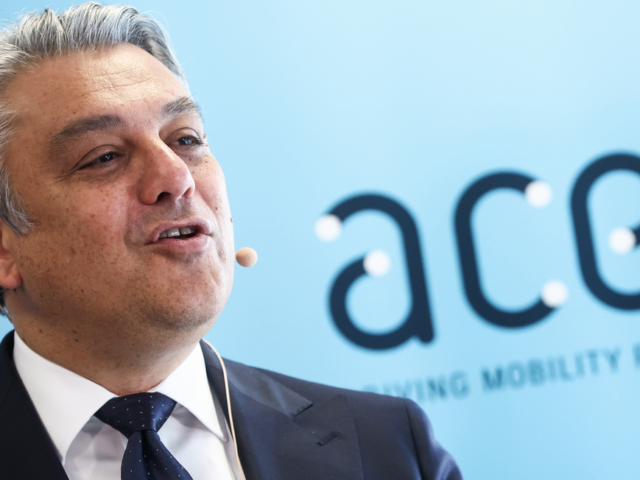
VW Golf: an icon celebrates its 50th birthday

The VW Golf exists 50 years and more than 37 million units have already been produced /Volkswagen
On Friday, March 29th, 1974, the first Golf rolled off the line in Volkswagen's home plant in Wolfsburg. Fifty years later, golf is still be


Comments
Ready to join the conversation?
You must be an active subscriber to leave a comment.
Subscribe Today